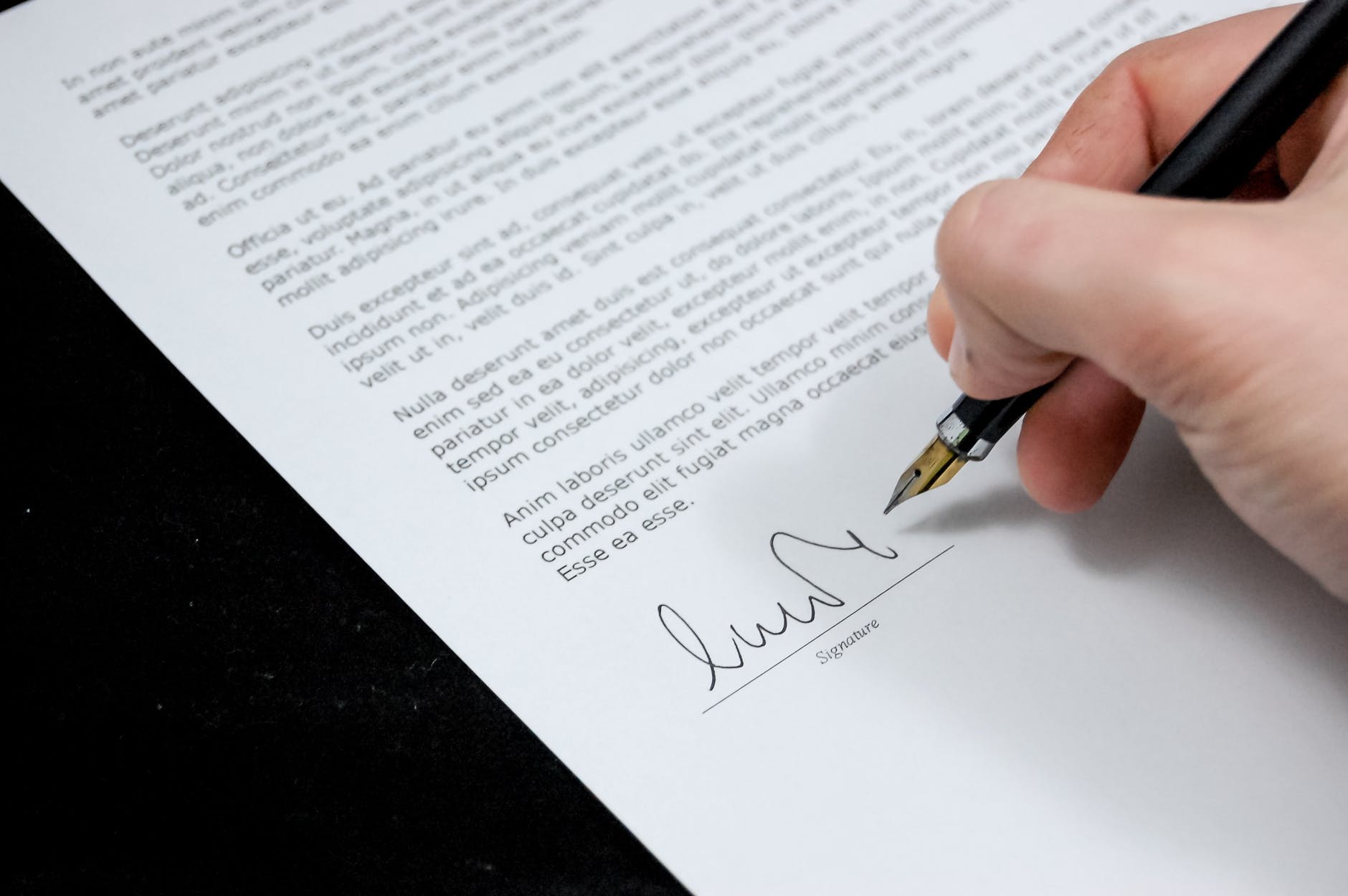7+ Writing an Official Letter Examples to Download
Regardless of where you are in life, you will ultimately need to write a letter of some sort to help you communicate with another party. However, as there are varying types of letters, the way you write such letter varies too. For example, when you write to a friend or a family member, you are writing an informal or personal letter, that means you don’t have to follow any format.
On the other hand, when writing letters for your employment, business proposal, resignation, relocation, and any other business purposes, you will have to follow a strict professional format.
However, writing an official letter is basically the same when you are writing a personal or informal letter—you write the content as clear and as direct as you can. The main goal is still the same: getting the point across.
Nevertheless, they follow different structures and formats, that’s the only obvious difference that they have and the purpose why a simple official letter and personal letter is written. This guide is here to help you write an effective official letter that you can use for any professional or formal purpose.

How to Write an Official Letter
As mentioned, there will be a time when you will be faced with the tasked of writing a letter to be used to convey professional or business-related matter. In that sense, you should be able to easily make an official letter that clearly relays the urgency of the matter at hand. And on that note, here is an easy guide in writing an official letter:
1. Follow a specific format
As mentioned, an official letter should follow a specific format. Unlike a personal or informal letter where the format and structure of the letter is somewhat nonexistent, the format and structure of an official letter is strict and rigid. How you arrange the contents of your letter can greatly affect the appearance of the letter and ultimately will be used to determine and even judge your writing skills and professional image.
Thus, when writing an official letter, it is important to follow a specific format. Commonly, this entails that you use a formal letter or business letter format.
2. Use proper letterhead
If you are writing in behalf of the company regarding a certain business transaction, it is better to use the official company letterhead.
The letterhead usually contains the company logo, name of the company, physical address, and contact information. If you are a freelancer or you own your own business, you might already have your own letterhead that you can use in your official letter as well. The letterhead is usually placed on the center of the topmost part of the page.
3. Indicate return and inside address
Both the return address and inside address are important aspects of the formal letter. The return address, as the name would suggest, contains the address where the letter or a reply will be sent back. This means the return address contains the name, address, and contact details of the letter sender.
Meanwhile, an inside address consists of the receiver’s name, usually with their designation/position, address, and contact details. After the addresses, the date when the letter was written is also indicated.
4. Use appropriate salutation
The salutation on your official letter serves as a formal greeting to the receiver off the basic letter. Therefore, it should be proper and formal. Usually, the salutation starts with the formal greeting Dear followed by the last name of the receiver/recipient.
However, if the name of the receiver is not known, you can use the general phrase To whom it may concern to address the receiver. You must also remember that in most official letters the salutation is followed by a colon (:) instead of a comma (,). You may also see official statement letter format examples.
5. Immediately state the purpose of the letter
On the first paragraph of your letter must immediately mention the purpose of the letter. The reason why you are writing the letter must be stated in matter-of-fact tone. There is no room for small talk, although you can use a short introduction, but the rule of stating the purpose right away remains the same.
6. Provide supporting details
On the second paragraph of your general official letter, you must provide additional information regarding the purpose of the letter. It must directly support the statement you have made on the first paragraph. Simply put, the second paragraph provides more context and expounds what has been mentioned on the preceding paragraph.
In addition, it must directly support your stance if you are writing somewhat an argumentative letter or just provide statistics, if needed; depending on your purpose, the second and even third must be used to support and/or explain what has been written in the first paragraph. You may also like official letter for leave examples.
7. Conclude your letter
The conclusion of your letter must effectively sum up all the points you have made in your letter. If you look at it this way, the conclusion is basically a summary or a reminder of what has been written on the letter. It will help the reader divert his/her focus to the main point of the simple letter.
In addition, the conclusion can also be used to urge an action. For example, if you want to discuss the matter further, you can state in your conclusion that you want to have a personal discussion with the receiver along with your contact information and you can even set the date for the meeting. You may also check out official cover letter examples.
8. Use appropriate complimentary close and signature line
After wrapping up the letter, you should use an appropriate complimentary close. In an official or professional letter, the commonly used complimentary close are Sincerely, Respectfully, Cordially, etc. It is not advised to use the close Yours Truly as it is commonly used in informal letters.
On the other hand, you also have to provide the appropriate signature line immediately after the complimentary close. The signature line consists of your printed name and your affixed signature.
An official letter is a useful tool you can use when communicating. It is mostly prevalent when communicating about professional or business-related matters.
Like all other letters, it is used to relay information to the receiving end, however, it follows a strict format that most professionals identify as the proper format. We hope you have learned about writing an official letter with the help of this guide.


